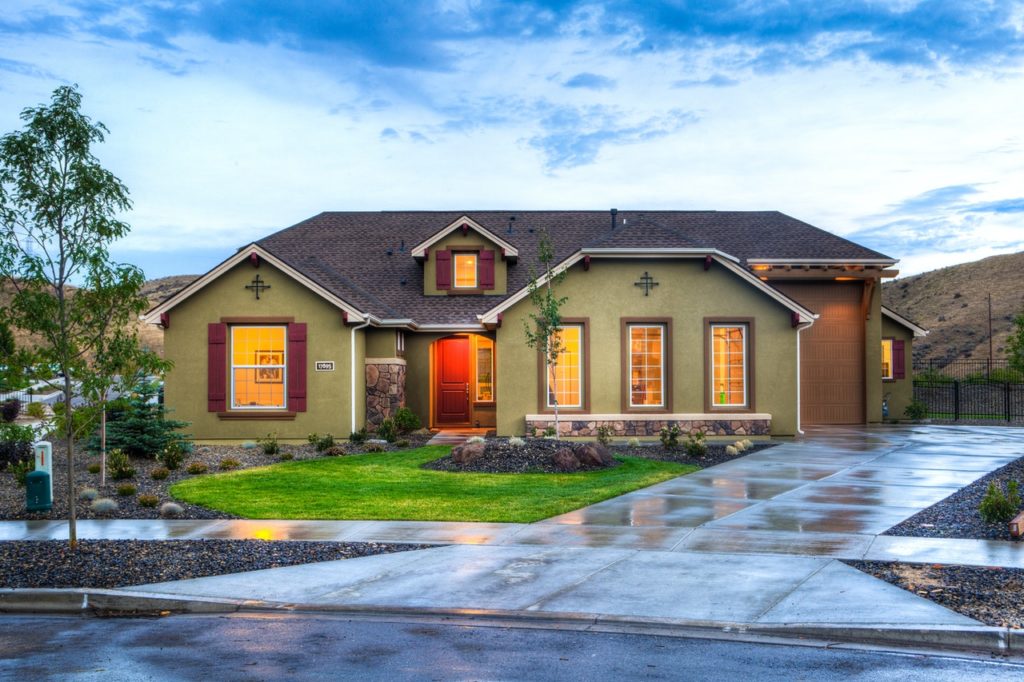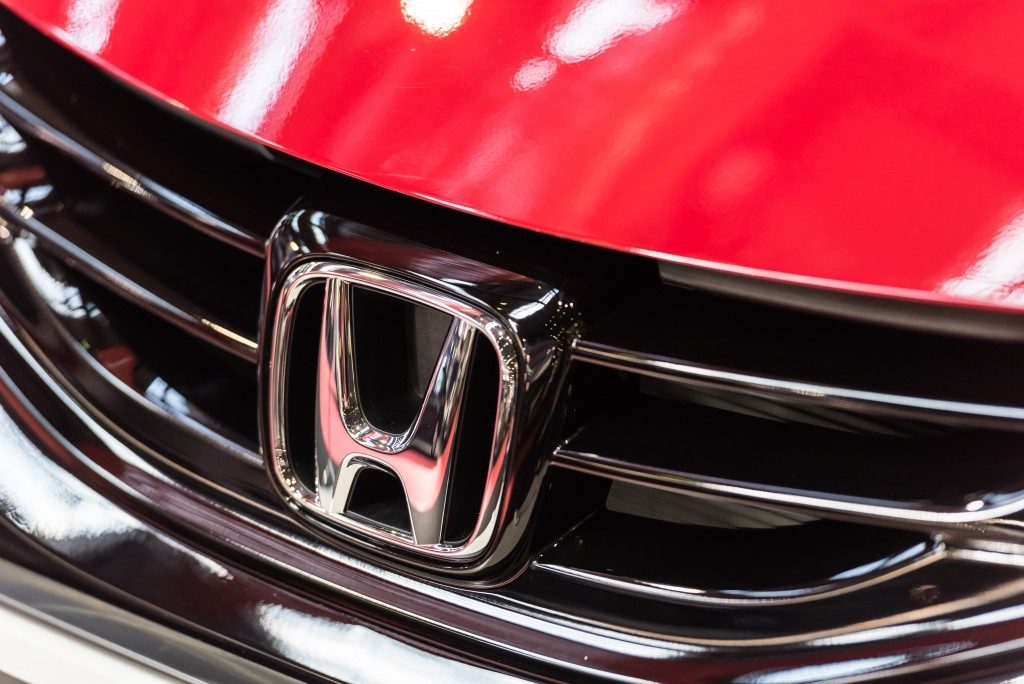Commercial buildings are complex structures, practically housing an entire ecosystem of tenants. The job of a facilities manager can be stressful, calling for attention to detail and constant awareness of the overall building status. With industrial electrical services, the installation of process control systems automates a large chunk of that need for hands-on monitoring of critical functions.
Homeownership can present similar problems on a smaller scale. You may not risk dealing with tenants upset about lost productivity when a malfunction happens. But the dangers of power surges, water leaks, and intruder activity are real. The need for maintenance and attention is constant.
Smart homes offer a range of solutions to these issues. Sensors can monitor outlets for unusual energy use, plumbing leaks, and humidity changes. CTVs can alert you to what’s happening at home. Overall, home automation ensures that everything is performing as it should, with fewer worries on your plate.
Yet as this technology continues to expand, tracking every aspect of our lives in the most private settings, should we be concerned?
Future projections
The smart home trend seems to have developed recently and very rapidly. But we’ve actually been innovating on this front for several decades. Inventions such as the motorized dishwasher and clothes dryer arose in the first half of the 20th century out of the desire to reduce manual involvement in such household tasks.
The first real smart home system was 1966’s ECHO IV computer. This device could control the AC and TV, issue weather updates, and help track finances and inventory. However, it was also huge at 24 square feet, weighing close to half a ton.
Incremental advances in technology accelerated towards the end of the millennium. The internet, 2G mobile networks, Wi-Fi, and increasingly small yet powerful hardware all indicated trends heading in the right direction. This culminated in the past decade of smart home technology characterized by accessible pricing, minimal footprint, and seamless connectivity.
The history of smart homes tells us that the desire for convenience, and our vision for effortless home living, is longstanding. Technology had to play catch-up, but even so, the pieces were in place years before the modern industry’s emergence.
It implies that futuristic dreams may be much closer to becoming a reality. Home robots would be the evolution of existing robotic vacuum cleaners or restaurant robot cooks and servers. Home health sensors, likewise, would be an extension of today’s fitness trackers.
Privacy issues
Even as today’s smart home technology continues to innovate, concerns surrounding privacy and security have been its constant companion. A 2015 survey by Pew Research showed that over half of adults weren’t comfortable with the tradeoffs involving data capture.
Unlocking the full potential of smart homes is contingent on machine learning. It means that devices you bring into your home need to track your habits. The more data they capture, the better they can understand and predict your needs and usage patterns.
However, this also means feeding your data to the devices’ parent companies. Moreover, since IoT-enabled devices are all connected to your home’s central hub, it creates the potential for vast cybersecurity risk.
A hacker breaking into your network could access all that data for personal gain. They could analyze your movements and disable security cameras or alarms to time the perfect break-in. Or they could harness your devices as part of a larger attack.
The phone predictor

As the industry evolves, it matures. Alongside security-focused improvements in the technology itself, regulations are being pushed to ensure smart home devices meet minimum security requirements. Similar regulations will no doubt be enforced when it comes to data capture and usage.
But if you want a glimpse of what the future holds for smart homes, you’re already holding a version of it in your pocket or your hands.
Smartphones are ubiquitous. Surveys suggest that most people keep them within arm’s reach throughout the day. We give these devices, and the apps within, permission to track our location, browsing, search, and purchase history, contacts, and conversations.
Motion sensors on these devices can count our steps and movements. They can recognize our fingerprints and voices. The camera tells them what we’ve seen.
The smartphone embodies convenience, and smart homes are designed to integrate with it. IoT devices and smart home systems have apps allowing you to control them from anywhere. Manufacturers anticipate that wherever you go, you’ll have a phone with you.
Whatever concerns we harbor over privacy and security with tomorrow’s smart homes, we’re already confronting them today on our phones. If you’re comfortable giving up your phone’s data to Google, Apple, or Facebook, chances are you won’t mind doing so with a smart home system.
And whenever new capabilities related to connectivity and convenience are developed in smartphones, you can expect parallel developments down the road in the smart home industry. Ditto for the regulatory measures, if any, that follow.





